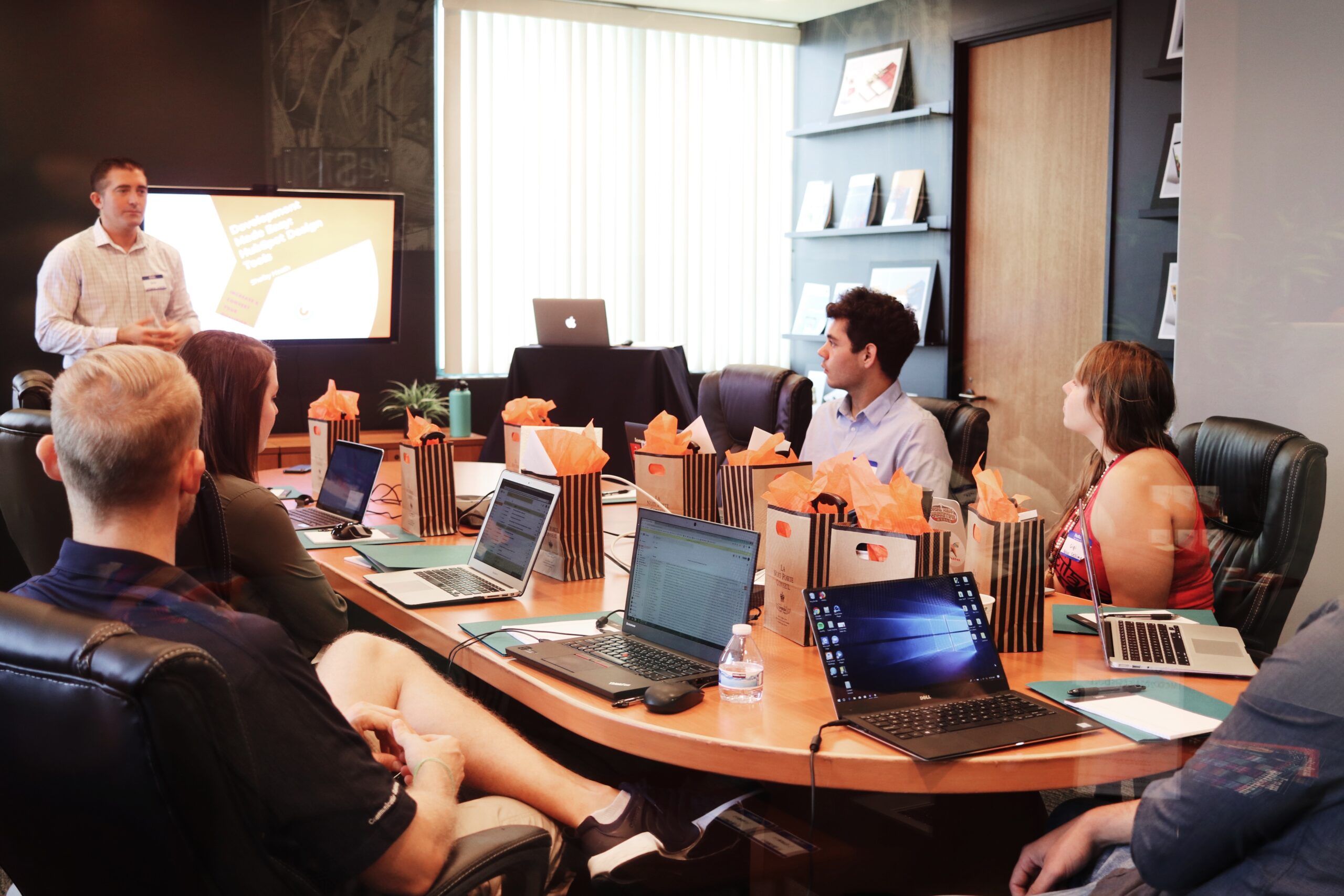
What is The Difference Between Retained Search and Other Recruiting Services?
What is The Difference Between a Retained Search Instruction for Tech and Other Recruiting Services?
The most common recruiting options in the current permanent recruiting market are retained search and contingency-based recruitment with or without exclusivity.
Let’s share more detail about each.
Contingency Recruitment
Contingency recruitment, sometimes called non-retained recruitment, is a common method companies use to hire employees across many different sectors and roles.
As the name implies, contingency is a possible future event or circumstance that cannot be predicted with certainty.
In the context of recruitment, contingency recruitment refers to a situation where a recruitment agency only gets paid if they successfully fill a position.
The payment (fee) is contingent, or dependent, upon the successful placement of a candidate. This could be a set fee though more usually a percentage of the role’s salary.
The fee varies depending on the individual recruiter and sector and can be anywhere from 10-30% of the salary of the role in question.
Contingency recruiters typically work on multiple job vacancies at a time. It is logical when you consider that a recruiter puts in time and effort to source candidates who may or may not be hired; consequently, they may not be paid for the work involved in sourcing candidates.
In addition, recruiters often compete with other recruitment agencies to find the right candidate for the role.
While contingency recruitment can be more cost-effective and quicker than other methods, it may not always deliver the highest quality candidates since the process might prioritise speed and competition between agencies, which in the case of recruiting rarely ends well.
Contingency With Exclusivity
Contingent recruitment can also be delivered on an exclusive basis. This refers to the fact that the recruiting process is still contingent on paying the fee; however, the recruitment agency will work the role exclusively, not competing with other recruitment agencies.
Many recruitment agencies with experience and expertise in a market will only work a role contingent if they have exclusivity on working the role.
Retained Search
A retained search, also known as executive search or headhunting, relates to the fact that the Search Firm works exclusively with your company and has much more involvement and responsibility throughout the recruiting process.
I’ll share more detail about the fee structure later in the report, and as the name retained implies, the Search Firm is always paid a percentage of the fee on engagement.
In a retained search, the Search Firm is exclusively contracted to complete the recruitment process from start to finish. This typically includes defining and consulting around the job role, market mapping, and sourcing, with exclusive access to candidates, the recruiter has access to that others don’t.
A retained search involves a different level of ongoing marketing of the role; video interviewing and behavioural profiling will occur.
This method is typically used for senior, high-level or confidential and focuses on delivering highly qualified candidates. A retained search is a high touch point, high-level service, and an exclusive partnership between the hiring company and its Search partner.
This is a strategic partnership about the desire to increase the probability of finding the right person who stays with the company and continually contributes to the bottom line.
In the current skill-short market, where business-critical roles must be filled promptly, this recruiting process is becoming the preferred option for many companies.
Contact Paul Hudson, Managing Consultant at Opus Resourcing, for a discovery session to discuss your hiring needs and fuel your growth.








